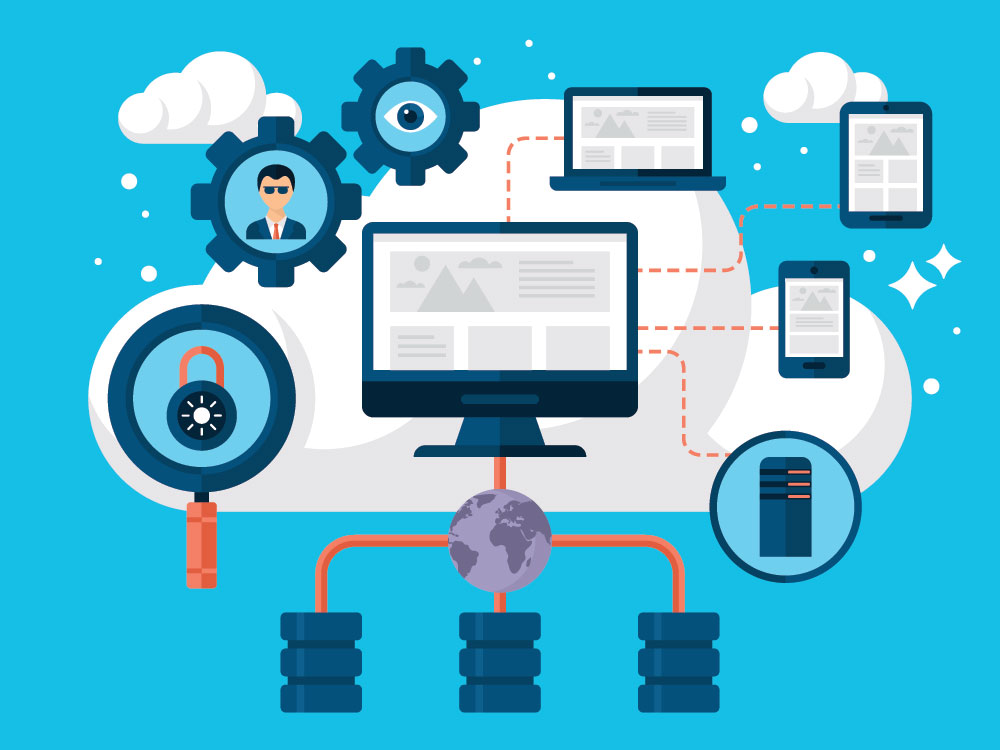Paul Mattes, VP of Global Cloud Group, Veeam, informed us of how availability has become key to the efficiency of cloud computing. He said enterprises that are let down by a lack of cloud availability will find it easy to switch to a competitor.
Cloud computing was really born just over 10 years ago, after a few stumbles and early course corrections, the pace of innovation is now accelerating dramatically.
Enterprises’ increasing reliance on the cloud to deliver the simplicity and efficiency their customers and partners demand now means that data protection and availability are pivotal concerns. Any firm can have the best AI-based customer intelligence platform in the world but if it’s not available for days the value is lost.
But as the cloud computing landscape continues to rapidly evolve, no-one really knows for sure what the future holds. However, here is what we think the four key themes for the cloud in 2018 will be:
- Multi-cloud environments will become the norm as no single cloud platform is perfect for every workload. The tools and platforms for managing across them will continue to mature and drive seamless integration across clouds. It’s no longer a question of ‘if’ an organisation will move some or all of its assets to the cloud but ‘when’ and ‘how’. There is a plethora of ways in which companies can leverage cloud platforms and it’s now become a matter of ‘which ones should I leverage?’ Solving the move to the cloud increasingly requires a multi-cloud approach and a corresponding portfolio of management and operational tools. Software providers understand this and will continue to improve their offerings to make seamless integration across the cloud landscape a reality.
- Cloud-native applications will surge as enterprises of all sizes and ISVs (independent software vendors) hone their ability to define and deliver applications/solutions that are conceived and architected to take advantage of cloud platforms. The cost, scale and efficiency benefits of cloud native applications are now too compelling to ignore and with swift advances in essential technologies like micro services and supporting development tools, cloud native applications will accelerate into the mainstream.
- Cloud scale database services (e.g. Azure Cosmos, Google Cloud Spanner and services from AWS) will enable hyper-scale, highly distributed and mission-critical applications to become reality; they will also further increase the appetite for infusing data and analytics into every application delivered in the cloud. Compelling characteristics such as low latency, scale out and geo-distribution will provide the type of horsepower IOT and numerous other global-scale applications require.
- Artificial Intelligence (AI) enabled through cloud platforms will begin permeating across enterprises, industries and applications. While we aren’t quite at the level of HAL from 2001: A Space Odyssey technologies like Alexa, Cortana and Siri are demonstrating the power and potential impact of AI in everyday life. For businesses, the capabilities of machine learning, powered by petabytes of data and insanely fast compute resources will impact consumer experiences, biotech research, financial modelling and other applications.
So what does this all mean for us? Customers and users all over the world won’t care what your problems are, they expect the information and ability to transact to be there when they want it and it’s frighteningly easy to move from you to your competitor if you don’t offer it.
We haven’t even scratched the surface of what will change cloud computing. AI and machine learning is already weighing in on marketing and sales by synthesising Big Data and analytics. Soon it will be responsible for hopping spontaneously between clouds to ensure the continued delivery of your data or service.
But availability is about much more than consumers and e-commerce. Far-flung colleagues, more automation and the new flexibility they enable will further change the world we work and live in and we already expect our work assets and services to be always-on.
Availability isn’t a choice, it’s a base requirement and the time for it is now.


